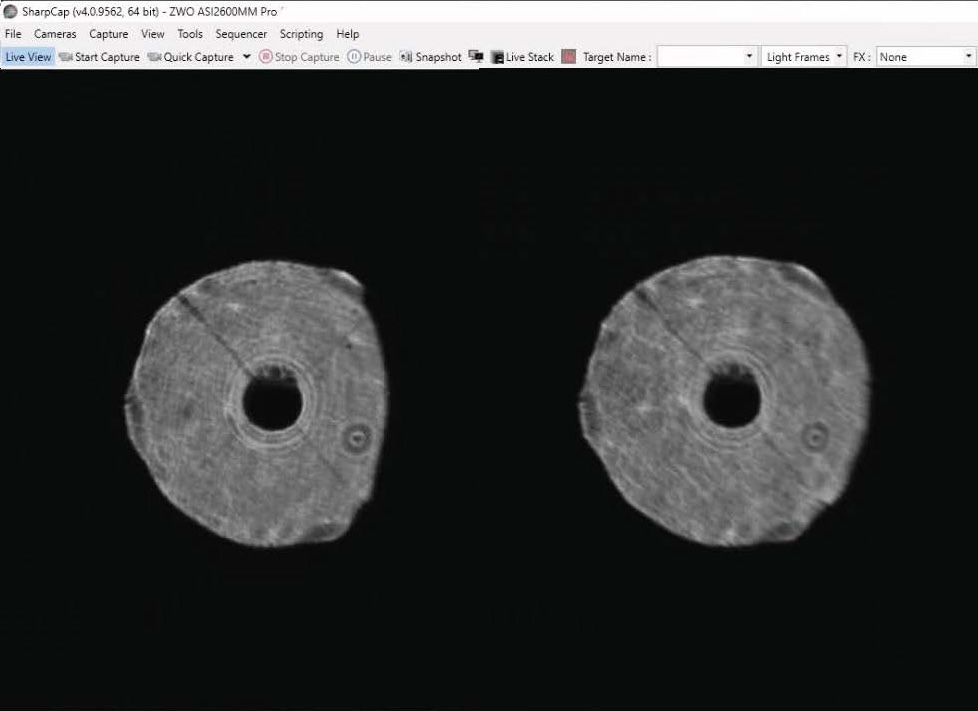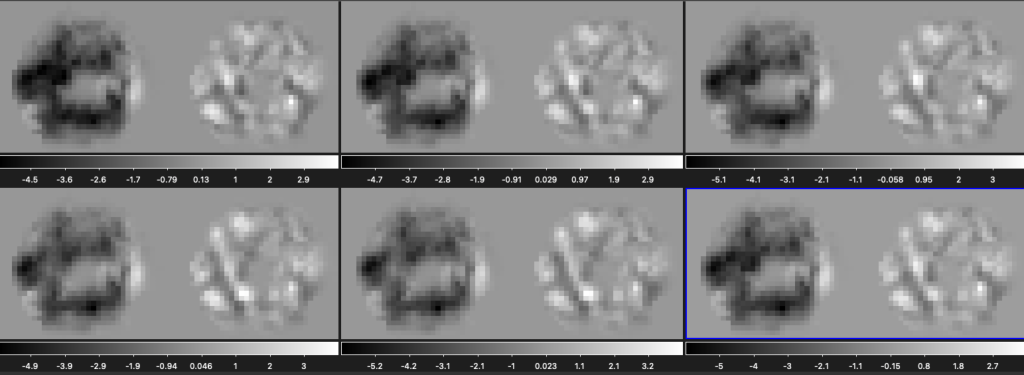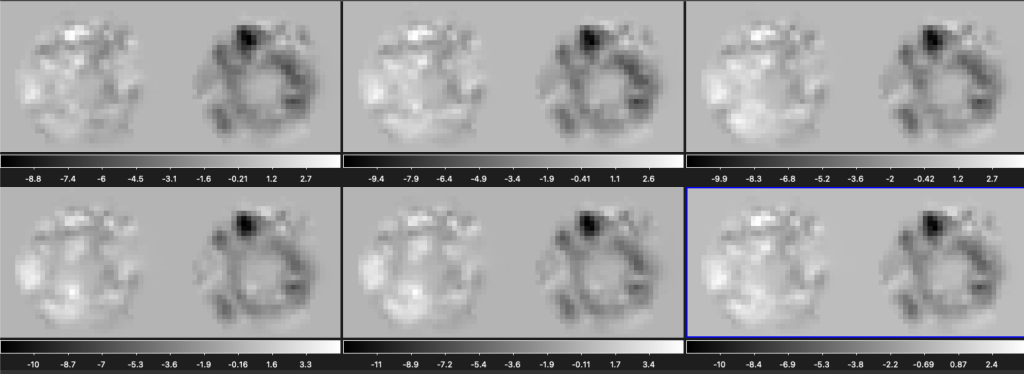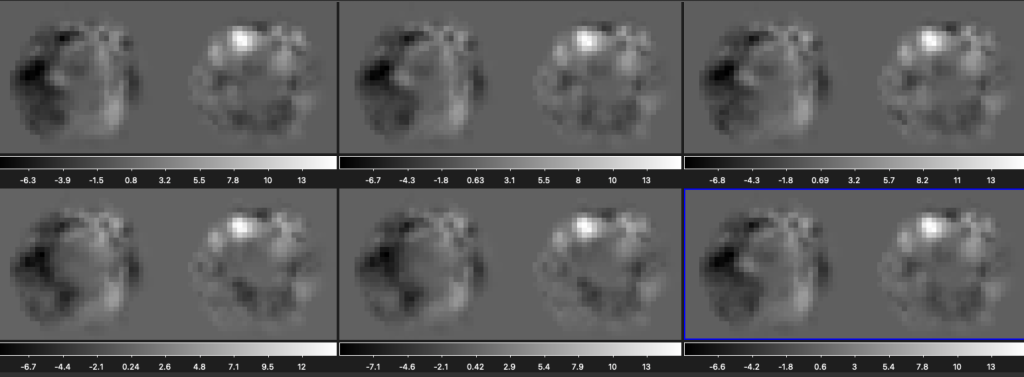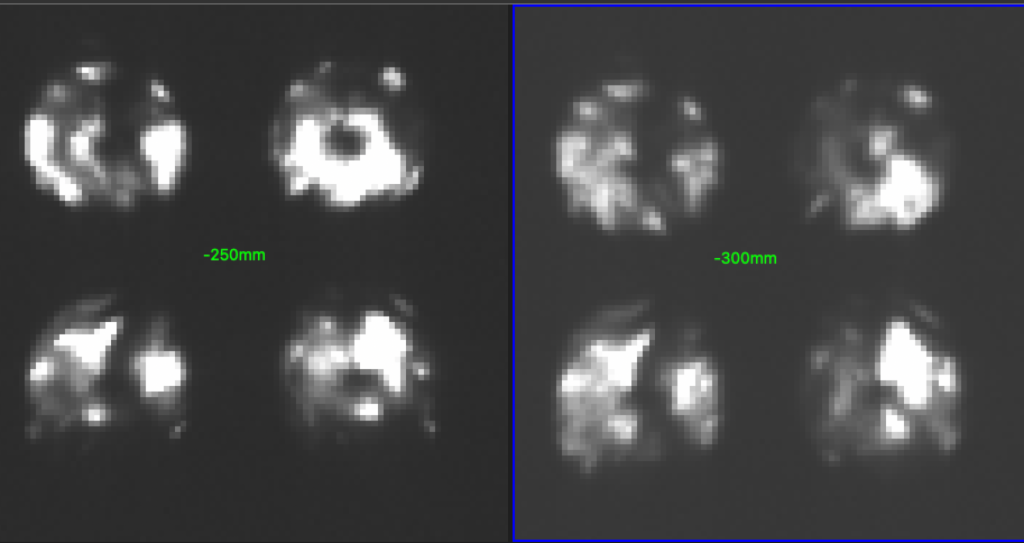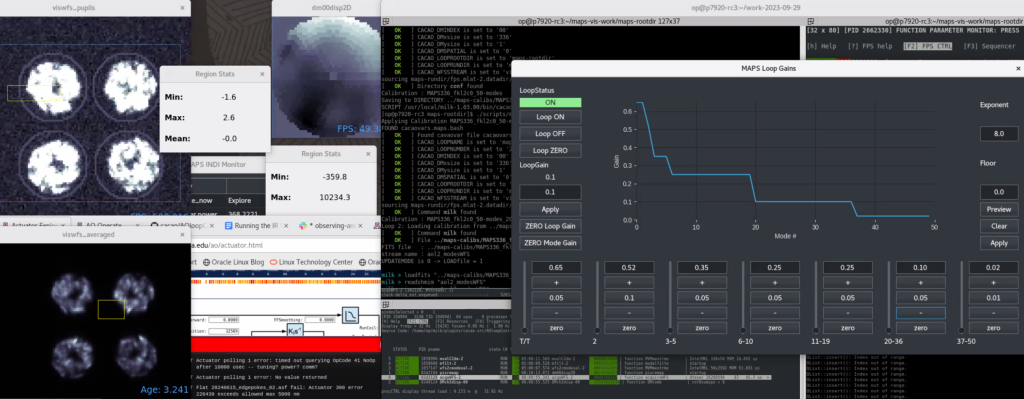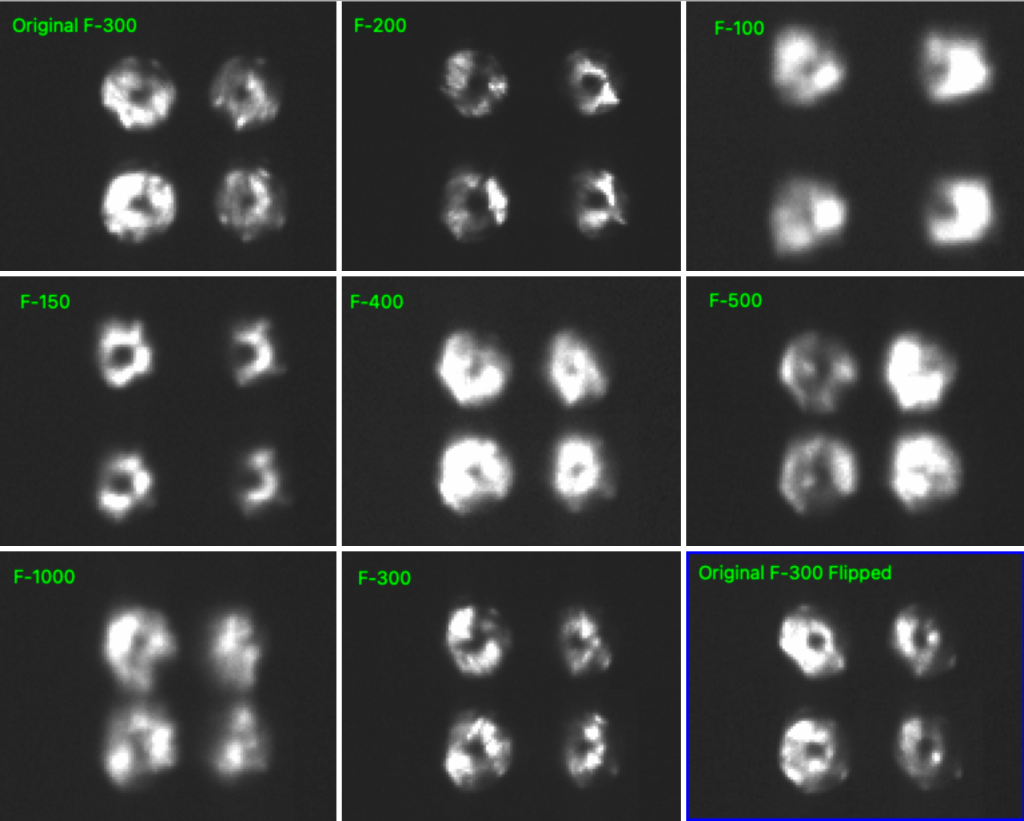Howdy! I’m Bianca; formally I am research staff for CAAO, but you may have heard of me as one of the padawans under the tutelage of AO Jedi Knight Amali Vaz.
This is my 5th MAPS observing run and my first blog post! Last night was the most action-packed night I’ve yet to experience, so let’s start at the beginning.
This night we were joined by Jared Males and first-year grad student, Parker.
6 pm found us preparing for the night’s activities. The clouds got the opening time memo a few hours later, but they couldn’t stop us from being productive!
Andrew bestowed upon us Version 2.0.5 of mapspyindi2, which fixes crashing GUIs and optimizes setting the state of the ASM.
Amali and Lauren (my fellow padawan) began latency measurements round 2 electric boogaloo with new tuning parameters, courtesy of Jess.
Jared gave Parker the grand tour of the MMT and the run-down on MAPS.
Yoav hit a snowbank with the MIRAC detector: it was significantly below the recommended operating temperature due to the previous night’s efforts to cool the detector followed by a day without the heater on. Yoav led Lauren and I in detector-warming efforts for ~ 3 hours, estimating it would take 2+ days to reach our necessary temperature unless we could raise the power being sent to the heater by ~100%. Proving his multi-faceted savvy, Yoav introduced those of us less versed in memes to our word of the day- Cowabummer.
I’ll let this meme demonstrate it’s proper usage:

Jarron saved the science day by instructing us to bypass the PID loop and send “UNLIMITED POWER!!!” (well, 100% but I’ve heard it both ways) to the heater.
Once the detector reached the optimal temperature, Yoav came in with the assist for Mara, a fellow ASU grad student, by taking data she needs for her thesis. Later, a closed-loop 50-mode K-band MIRAC PSF was also attained!

MIRAC-BLINC temperature crisis resolved and the clouds having sufficiently departed, we switched gears to alignment and pinned down the order in which to move the 2 periscopes and move the telescope to have the star simultaneously in focus on the acquisition camera, entirely visible on the pupil imager with nominal vignetting, and centered on the pyramid. After the previous runs’ hard work and inevitable frustration that alignment was never quite right, the successful alignment was a small but significant accomplishment.
CACAO time! We set to collecting as many 50-mode response matrices as possible but temperature issues now decided to make the ASM its new target: and boy did she feel the heat. We alternated between taking 2 response matrices, followed by cooling the ASM for ~10 minutes until the sun commanded we cease.
The song of the night is ACDC’s “You Shook Me All Night Long”, because that’s exactly what we did to the ASM.

